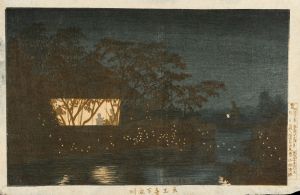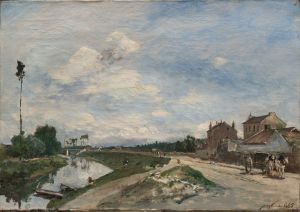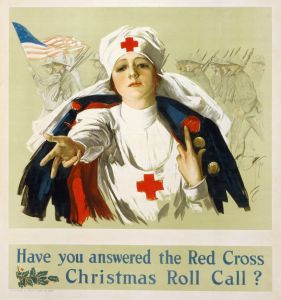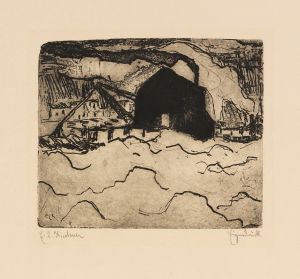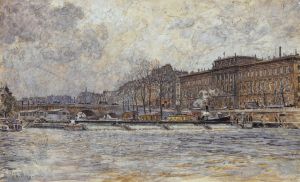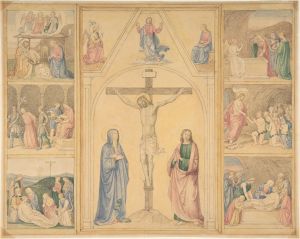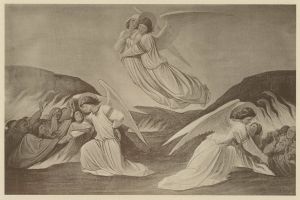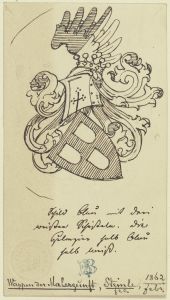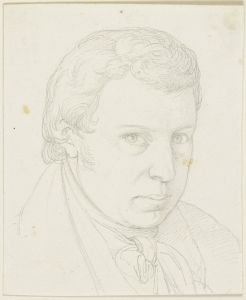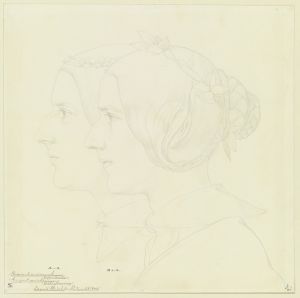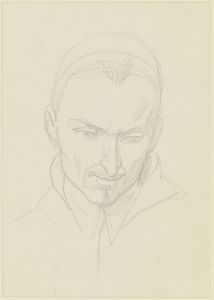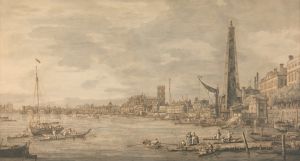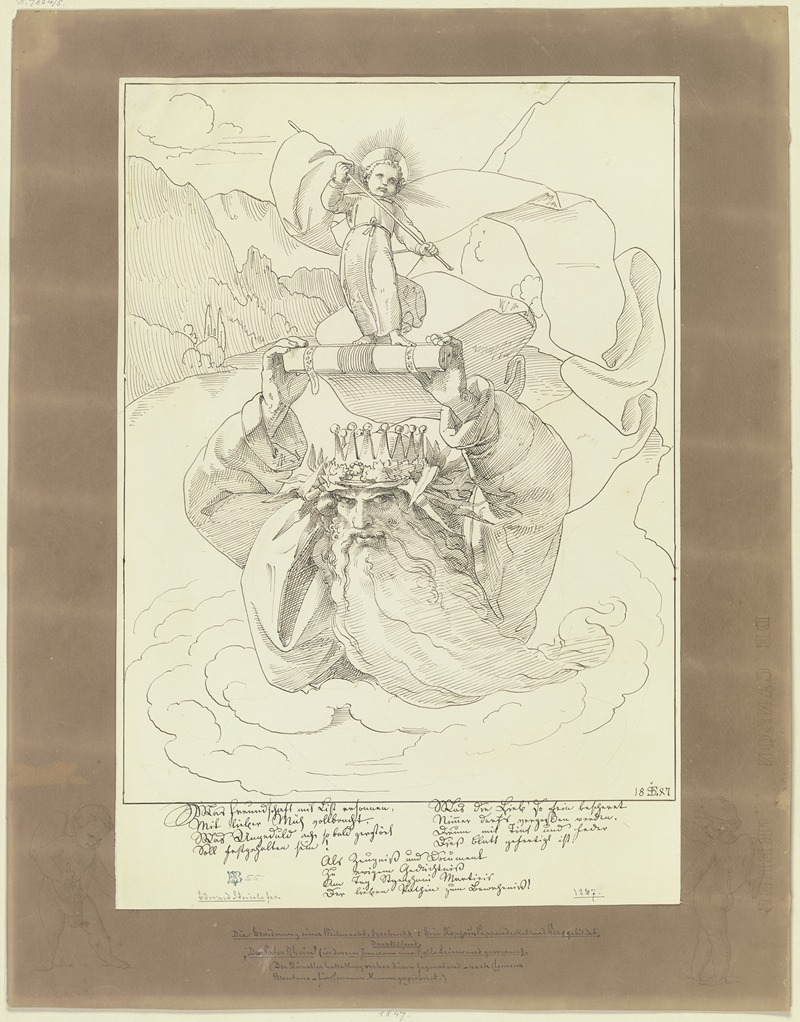
Vater Rhein und das Christkind
A hand-painted replica of Eduard von Steinle’s masterpiece Vater Rhein und das Christkind, meticulously crafted by professional artists to capture the true essence of the original. Each piece is created with museum-quality canvas and rare mineral pigments, carefully painted by experienced artists with delicate brushstrokes and rich, layered colors to perfectly recreate the texture of the original artwork. Unlike machine-printed reproductions, this hand-painted version brings the painting to life, infused with the artist’s emotions and skill in every stroke. Whether for personal collection or home decoration, it instantly elevates the artistic atmosphere of any space.
Eduard von Steinle's painting "Vater Rhein und das Christkind" is a notable work by the German painter, who was a prominent figure in the Nazarene movement. Steinle was born in Vienna in 1810 and became known for his religious and historical paintings, which often reflected the ideals of the Nazarene movement, emphasizing spirituality and a return to the styles and themes of the late Middle Ages and early Renaissance.
"Vater Rhein und das Christkind" translates to "Father Rhine and the Christ Child." The painting is an allegorical representation, which is a common theme in Steinle's work. The painting depicts the personification of the River Rhine, a significant and culturally important river in Germany, alongside the Christ Child. This combination of figures suggests a blending of natural and spiritual elements, a theme that resonates with the Nazarene movement's focus on integrating religious themes with everyday life.
The River Rhine has long been a symbol of German identity and culture, and by personifying it as "Vater Rhein" or "Father Rhine," Steinle taps into a deep well of cultural significance. The Christ Child, on the other hand, represents purity, innocence, and the divine, which are central themes in Christian iconography. By placing these two figures together, Steinle may be suggesting a harmonious relationship between the natural world and the divine, a common motif in religious art.
Steinle's style is characterized by meticulous attention to detail and a clear, vivid use of color, which can be seen in "Vater Rhein und das Christkind." His work often features a strong narrative element, drawing the viewer into a story or allegory. The painting likely includes elements typical of Steinle's work, such as detailed landscapes, expressive figures, and symbolic elements that invite interpretation.
The Nazarene movement, of which Steinle was a part, was founded in the early 19th century by a group of young German artists who sought to revive honesty and spirituality in Christian art. They rejected the Neoclassical style that was prevalent at the time, instead drawing inspiration from the art of the Middle Ages and the early Renaissance. This influence is evident in Steinle's work, including "Vater Rhein und das Christkind," through its emphasis on religious themes and its stylistic nods to earlier periods of art history.
Steinle's contribution to art extends beyond his paintings; he was also a respected teacher and influenced many students during his tenure as a professor at the Städelschule in Frankfurt. His work, including "Vater Rhein und das Christkind," continues to be studied for its artistic and cultural significance, reflecting the values and aesthetics of the Nazarene movement and 19th-century German art.
While specific details about the creation and current location of "Vater Rhein und das Christkind" are not widely documented, Eduard von Steinle's work remains an important part of the study of 19th-century European art, particularly within the context of the Nazarene movement and its impact on religious and allegorical art.





